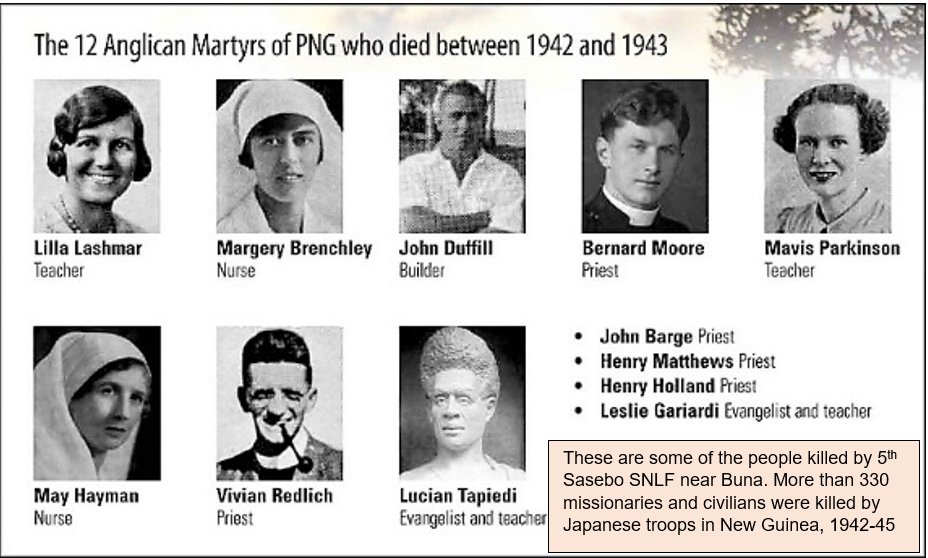
History, esp. the military history of the South West Pacific. Always learning. New Guinea born.
How to get URL link on X (Twitter) App


 During the SWW in New Guinea, an obscure Australian infantry officer, Captain Ronald Isherwood of the 24th Battalion (at left), in 1944, received one of the highest awards possible at that time for Australians – the MBE.
During the SWW in New Guinea, an obscure Australian infantry officer, Captain Ronald Isherwood of the 24th Battalion (at left), in 1944, received one of the highest awards possible at that time for Australians – the MBE. 
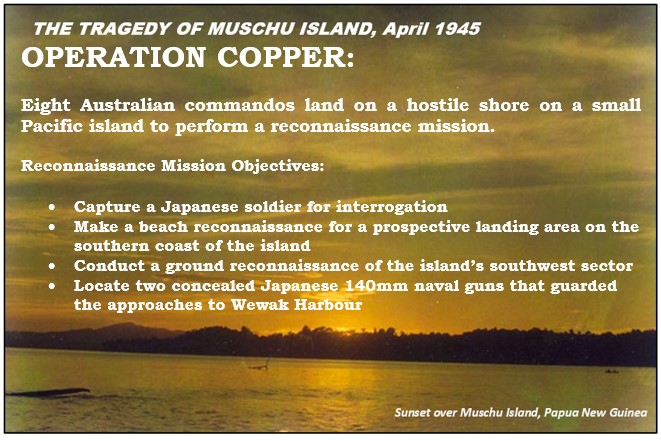
 April 11 1945:
April 11 1945:

 In the Papua New Guinea campaigns of 1942-45 military communications by wireless were seriously hampered by the extremely rugged terrain, the humid climate and the dense jungle foliage.
In the Papua New Guinea campaigns of 1942-45 military communications by wireless were seriously hampered by the extremely rugged terrain, the humid climate and the dense jungle foliage.

 Timbered Knoll was a Japanese stronghold on the slopes of Bobdubi Ridge near Salamaua on New Guinea’s coast.
Timbered Knoll was a Japanese stronghold on the slopes of Bobdubi Ridge near Salamaua on New Guinea’s coast.


 After an ambush at Gona, the PIB recovered a dead Japanese officer's diary.
After an ambush at Gona, the PIB recovered a dead Japanese officer's diary.



 By May 1945 the Japanese 41st Div. base area of Wewak was isolated.
By May 1945 the Japanese 41st Div. base area of Wewak was isolated.

 2/13
2/13

 Tom Hutchins 2/21 Battalion, of Rainbow, Vic.
Tom Hutchins 2/21 Battalion, of Rainbow, Vic.
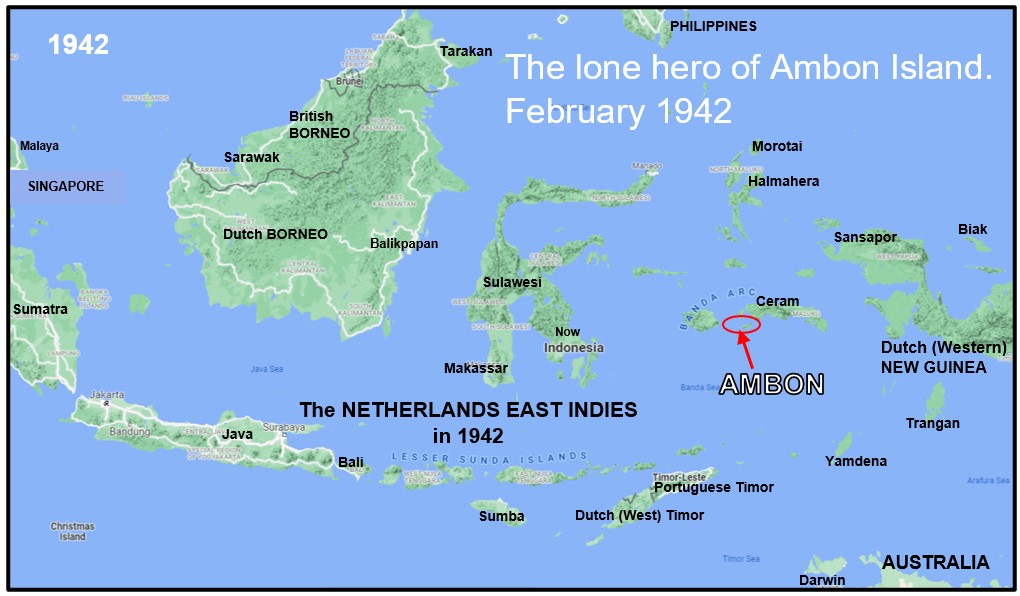
 The Gull Force commander Lt Col Roach MC considered the mission hopeless.
The Gull Force commander Lt Col Roach MC considered the mission hopeless.

 2/
2/

 2/
2/

 Dec 1943: When XIV Corps took over the Torokina base from the 3rd US Marines, Maj-Gen Oscar Griswold was concerned about the inability of his raw units to gather intelligence in the harsh tropical conditions.
Dec 1943: When XIV Corps took over the Torokina base from the 3rd US Marines, Maj-Gen Oscar Griswold was concerned about the inability of his raw units to gather intelligence in the harsh tropical conditions.

 2/15
2/15

 2/20
2/20
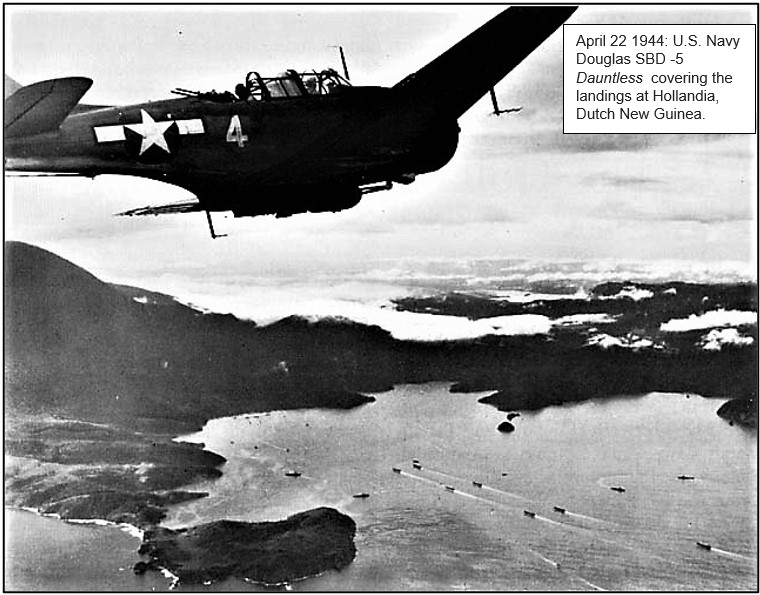
 2/7
2/7
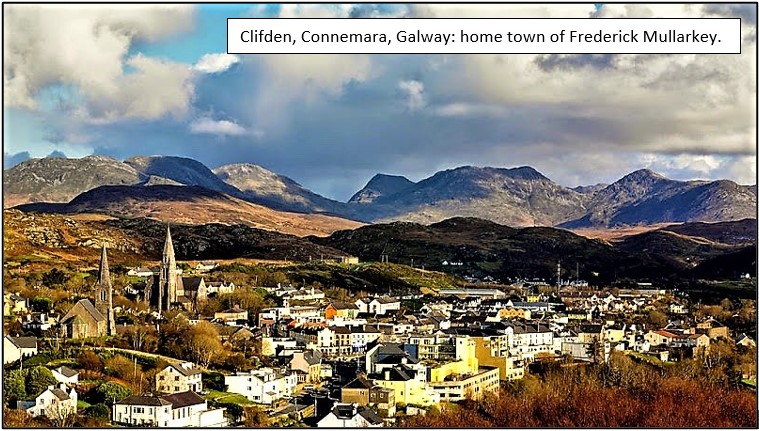
 2/13
2/13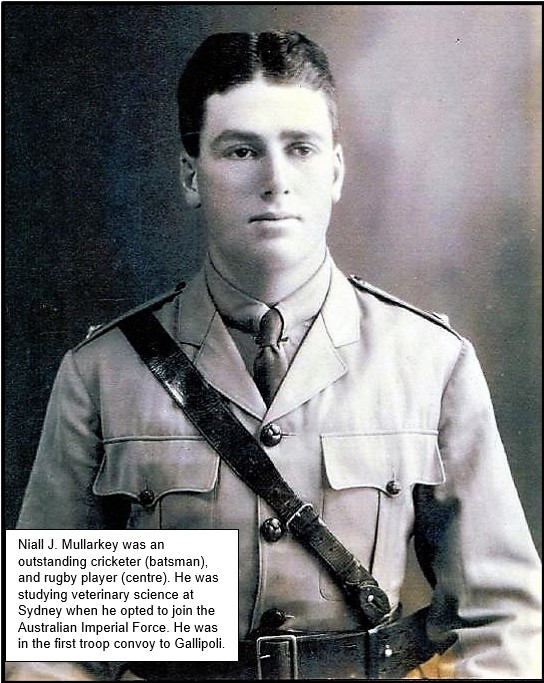
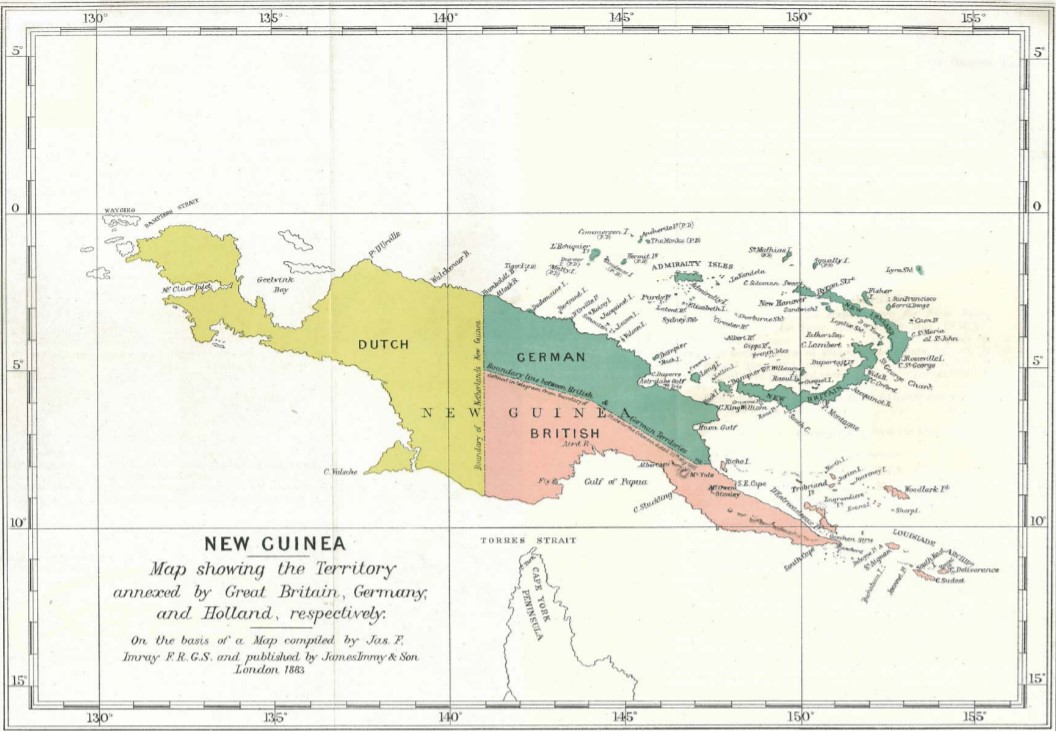
 2/21
2/21
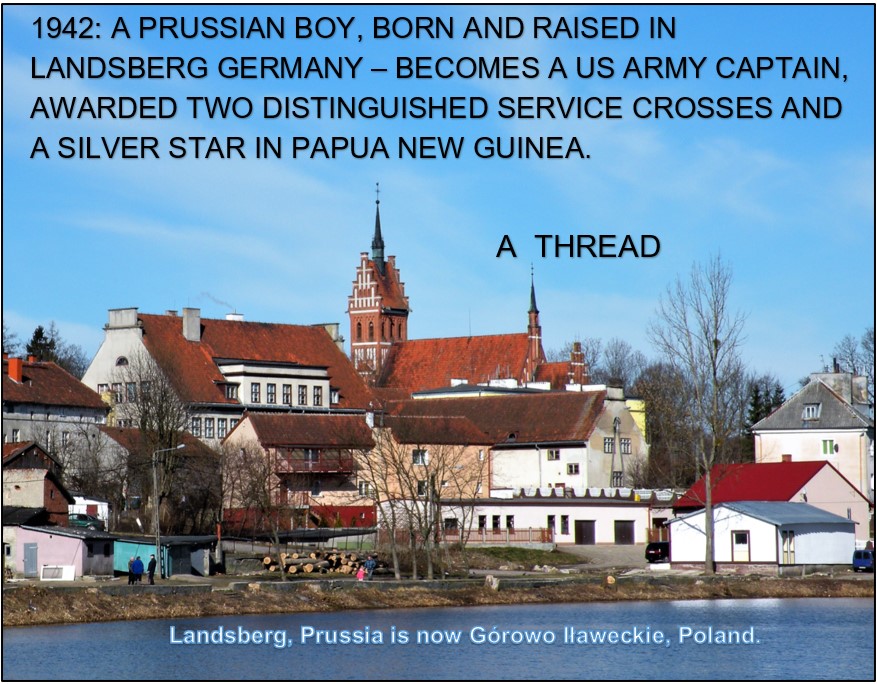
 2/12:
2/12: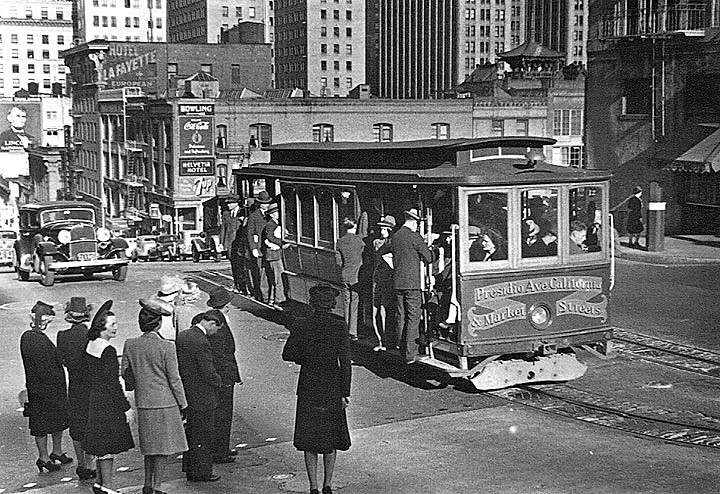

 2/4
2/4

 2/4
2/4
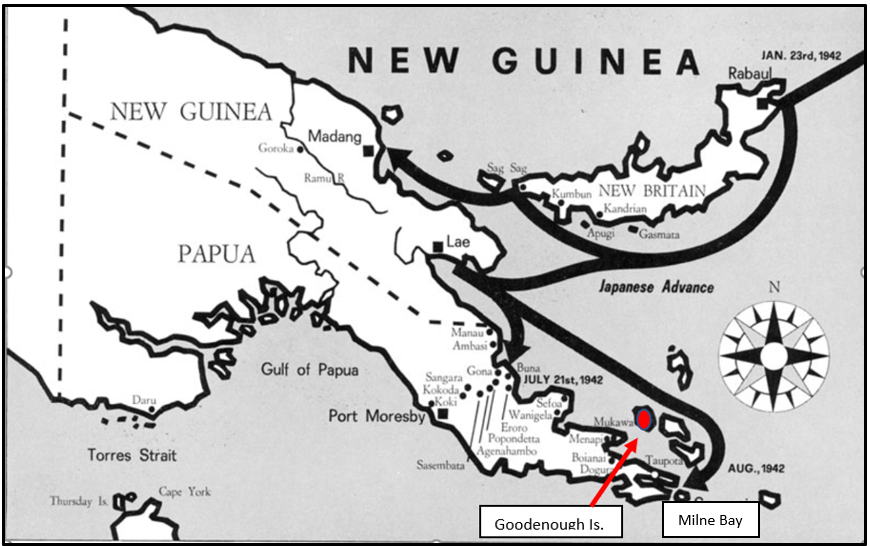
 The Tsukioka Unit was responsible for the earlier massacre of the population of Buna village, and of several fleeing Australian, English & Papuan missionaries & civilians who’d been mistreated and turned in by local villagers. All were beheaded. The last victim was a 6 y.o. boy.
The Tsukioka Unit was responsible for the earlier massacre of the population of Buna village, and of several fleeing Australian, English & Papuan missionaries & civilians who’d been mistreated and turned in by local villagers. All were beheaded. The last victim was a 6 y.o. boy. 